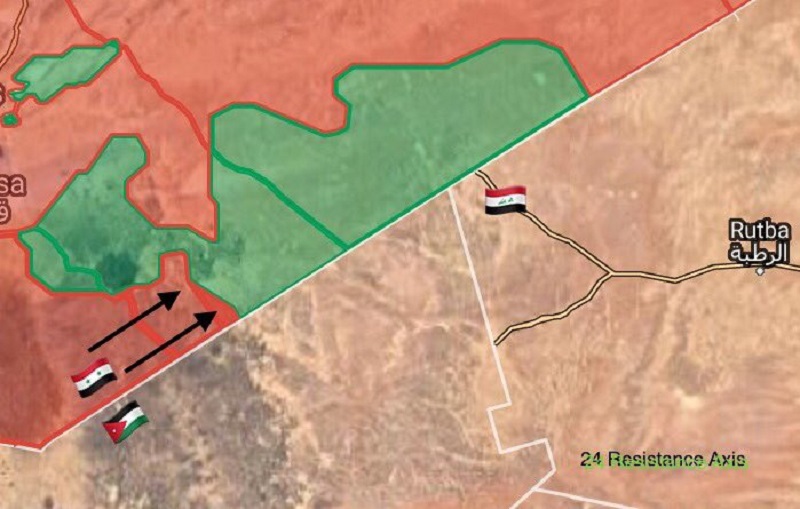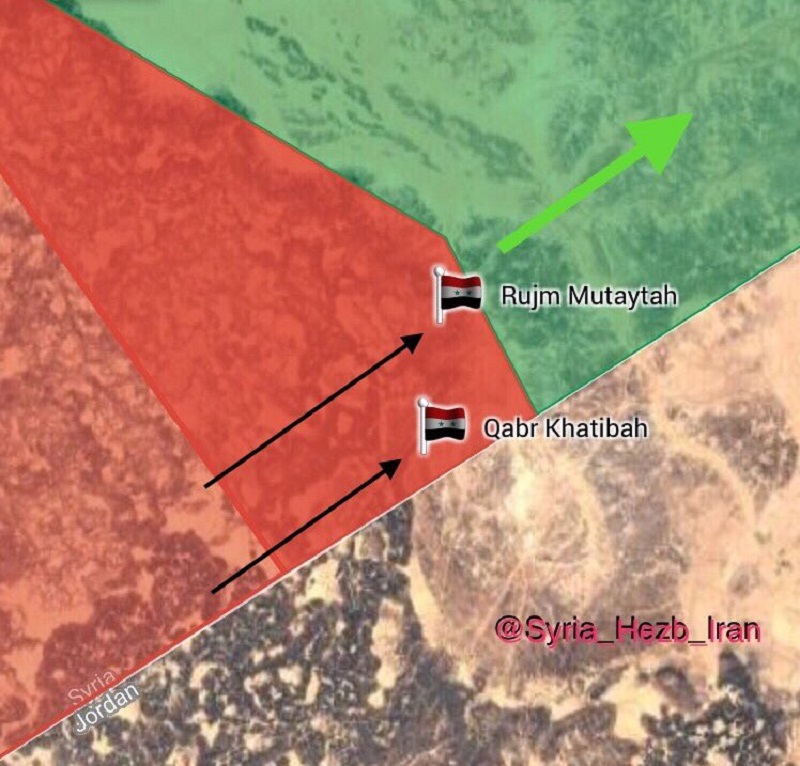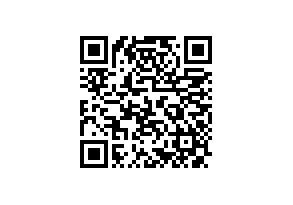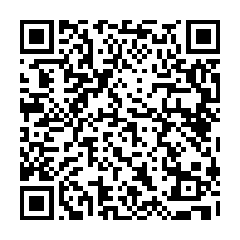On September 10, the Syrian Arab Army (SAA) and its allies captured 4 new border posts (173, 174, 175, 176) on the Syrian-Jordanian border in the southeastern Damascus countryside according to the Hezbollah media wing in Syria.
Furthermore, the SAA captured Rajm al-Matitah and Qabr al-Khatib near the Jordanian border in the southeastern Damascus countryside.
Meanwhile, Russian warplanes carried out airstrikes on positions of the US-backed Free Syrian Army (FSA) groups of Jaysh Usud al-Sharqiya and Ahmad al-Abdo Forces near the Jordanian border.
The SAA will likely continue its advance along the border until it reaches its final target 50km south of the US-led collation base in al-Tanaf near the Iraqi border.
On September 9, Jaysh Usud al-Sharqiya fighters targeted a position of the SAA on the Syrian-Jordanian border with a Bulgarian-made Fagot Anti-Tank Guided Missile (ATGM).
These missiles were supplied by the US to the FSA groups in Syria. ISIS had used the same type of the missile – distinguished by the white color of the missile container – in the eastern Aleppo countryside.
It’s possible that ISIS has bought some of these missiles from the US-backed FSA groups in al-Tanaf base. On September 1, a defector from the FSA told the Russian “Russia 24” TV channel that FSA groups in al-Tanaf base were indeed selling US-supplied weapons to ISIS.









Just close and take that pocket already…
Yes exactly, it does frustrate me they continue to leave pockets, which could also come back to haunt them.
Sometimes I really feel bad for Syria.
Syrians took Greeks, Iraqis, Afghanis, etc as refugees, but when Syria was attacked, almost all countries turned a blind eye to it.
Instead of helping those poor Syrians in fighting terrorists, other countries started looking for their own interests in Syria even if that meant supporting terrorists that slaughter Syrians and behead small children.
I just watched this video on youtube.
It makes me cry tbh
https://m.youtube.com/watch?v=iLylpRn9uXQ
Syrians truly are brave souls and Assad is really a great leader.
Syria shall one day rise again like a phoenix.
God bless Syria.
I wish Syria would invade Jordan, Turkey, Saudi Arabia, etc one day and transform Syria into a greater Syria.
Israel have trade, economic and military relations with America not with Russia second Israeli terrorists have damaged Russia during Afghan war in 1980 and have interference in Ukraine and Georgia. Now Israel attacks on Russian ally Syria. Then whats the problem that not shooting down Israeli planes over Syria, Lebanon and Jordan?
This is a big question.,
Israel is armed with weapons of a higher order not seen in conventional warfare so is much more potent than we might think, given we think in conventional warfare terms. Israel’s higher order weapons may be the sole force supporting the NWO at that level. Something of a stand-off.
Those weapons can and will be taken away if they misuse them. And Israel will become a foot note in history once again.
Thats not a good thing, Israel a paradise in a sea of bloodthirsty islamists fighting each other!
The Palestinians and most of humanity don’t share your view. Which is why Israel has over 100 UN resolutions against it.
Actually Clinton won the popular vote and trump won because of the electoral college. Israel was about the turn a barren wasteland into a paradise it’s already one of the leading tech industries in the region.
If Clinton didn’t win Jewland NY & CA where she received massive Jew financial and media support. It would have been a complete blow out. This was one of the most one sided elections in history. With Clinton receiving massive Jew financial and media support while Trump was denied it and viciously vilified from beginning to end.
Israel’s crimes speak for themselves. The region would be far more prosperous without Israel. Israeli prosperity at the expense of regional deprivation and Jew war is a huge net loss for humanity. The region and humanity would be far better off without Israel and Jews. Their evil racist supremacist pedophile rape cult should be outlawed and the 100+ UN and other international law resolutions that Israel is chronic and flagrant violation of should be implemented and enforced.
Lol Jews did 9/11 that’s it confirmed tin foiler! Lol! Israel is here to stay they are highly developed kicked ass during the wars they had with their bloodthirsty neighbors and they are extremely smart ! They created a paradise in a desert!
911 was a false flag attack carried out by Jews, neocons and Israel firsters to start Jew wars for Israel in the middle east. Pointing out the obvious doesn’t make me tin foil hat, denying it makes you a fool and a liar.
You’re a Jew pedophile rape cult supporter and an apologist for Israel’s non stop crimes against humanity.
They did that to evade the S-400s; I hate to say it but it was a clever move.
Your reply to my comment doesn’t make any sense.
Whoops, sorry. I think I replied in the wrong place.
What?
Israel just has the weapons they use in Gaza.
Israeli planes have been launching missiles from Lebanese airspace.
what sort of higher order weapons you speak of??
The zionist occupation only exists as a US proxy, like the Saudi shitbags so self-defence against the zionist Ensatzgruppen is a terrorist attack on the Washington Barbarians. Best finish off the US head-chopping, heart-eating rapers first.
This group will have the Jordanian borders closed to them soon as the US prepares to leave this Al Tanf even the Norwegians are leaving.
and the Brits already have…
lol
By higher order weapons I am referring to a breakthrough in science into energetics, or scalar wave weapons. Russia pushed ahead in this field and has left America in the dust but Israel is armed enough to protect USA from oblivion. Search terms: Tom Bearden, Oblivion, Fer De Lance.
One missile is enough for whole Israel if there were no Palestinians.
whats NWO ?
NWO is New World Order This includes every person or agency that serves an overall agenda to control the world: every bank is Rothschild controlled, nations have no sovereignty, global corporations run by this small elite control every people group and every person in the world. This is a take-over of all the kingdoms of the world by those who use immoral means to accomplish evil purposes out a strange loyalty to ‘Lucifer’ or ‘satan’ as they conceive these figures.
That’ sounds great, one government one nation. There will be the end of all wars and people will be working together.
Could happen. Might not end up being so ‘great.’
“Bulgarian Fagot missile”… well that’s a homophobic name for a weapon! Is it designed to appeal to the homophobic Saudi regime? or to frighten the homophobic Iranians?
Right now the SAA needs to be active on the other side of that FSA pocket, along the Iraqi border. The US-SDF coalition is threatening to take over the role of ISIS in denying government forces access to Iraqi borders. The ultimate goal of the US and Israel is to drive an anti-Shia wedge between Iran/Iraq and Syria/Lebanon.
That missile did not seem to do much damage to the building.